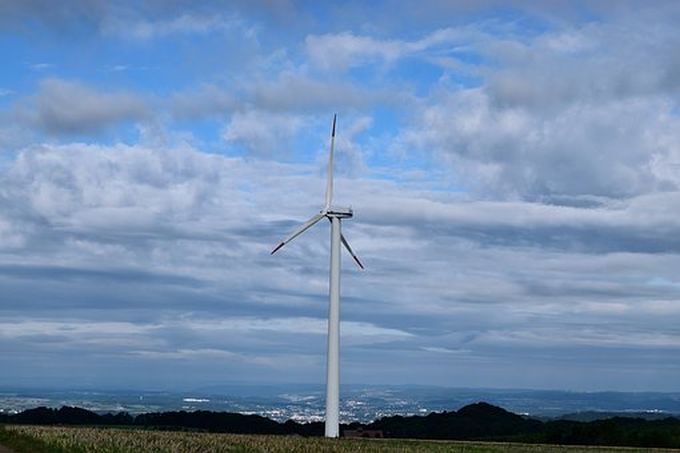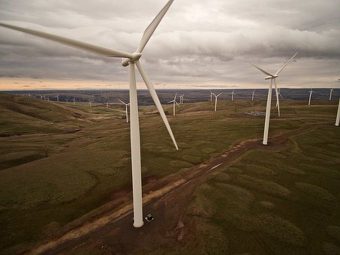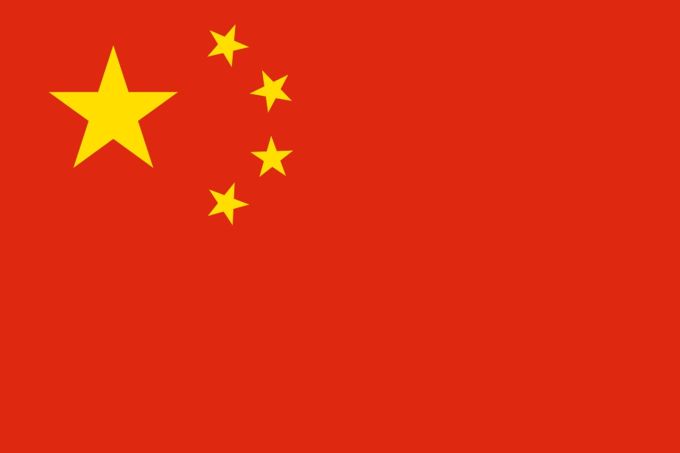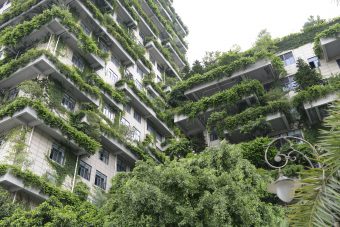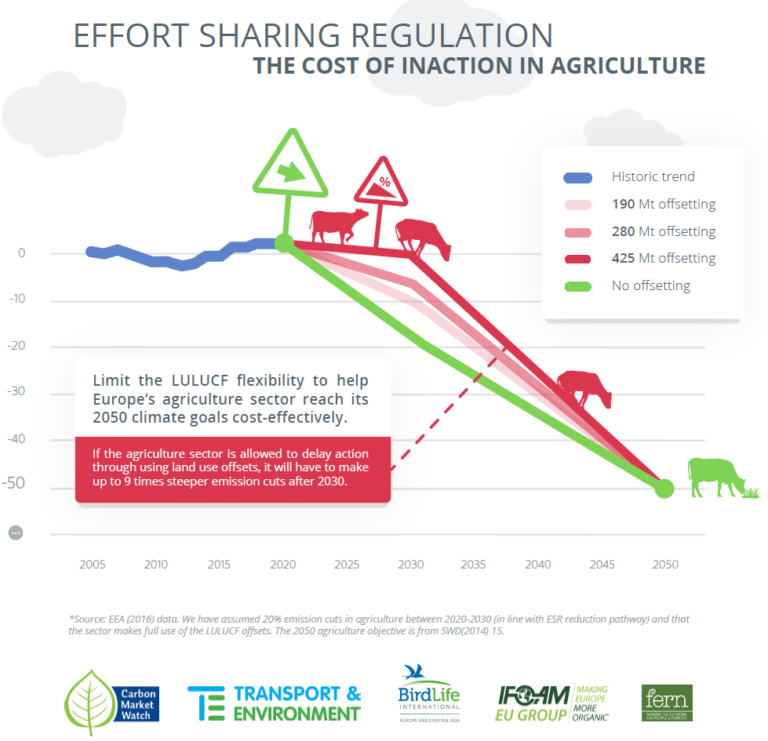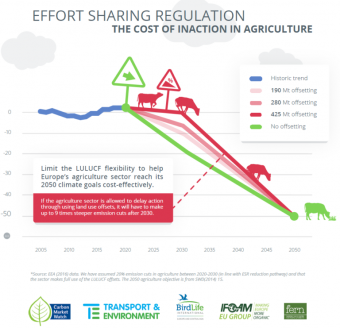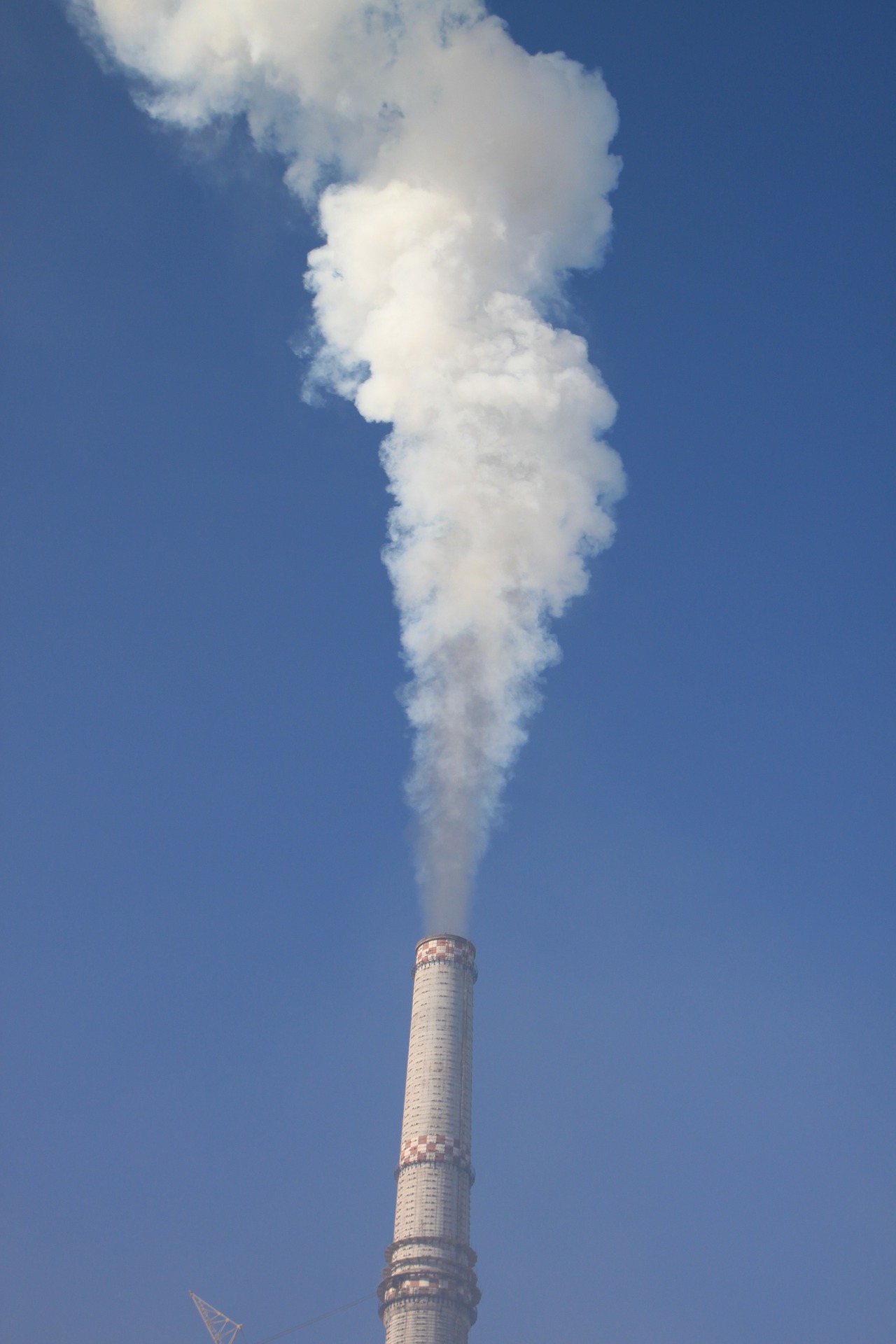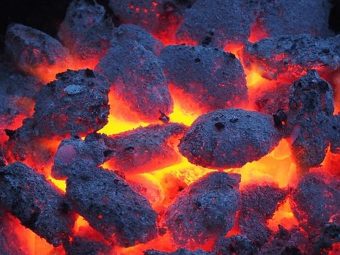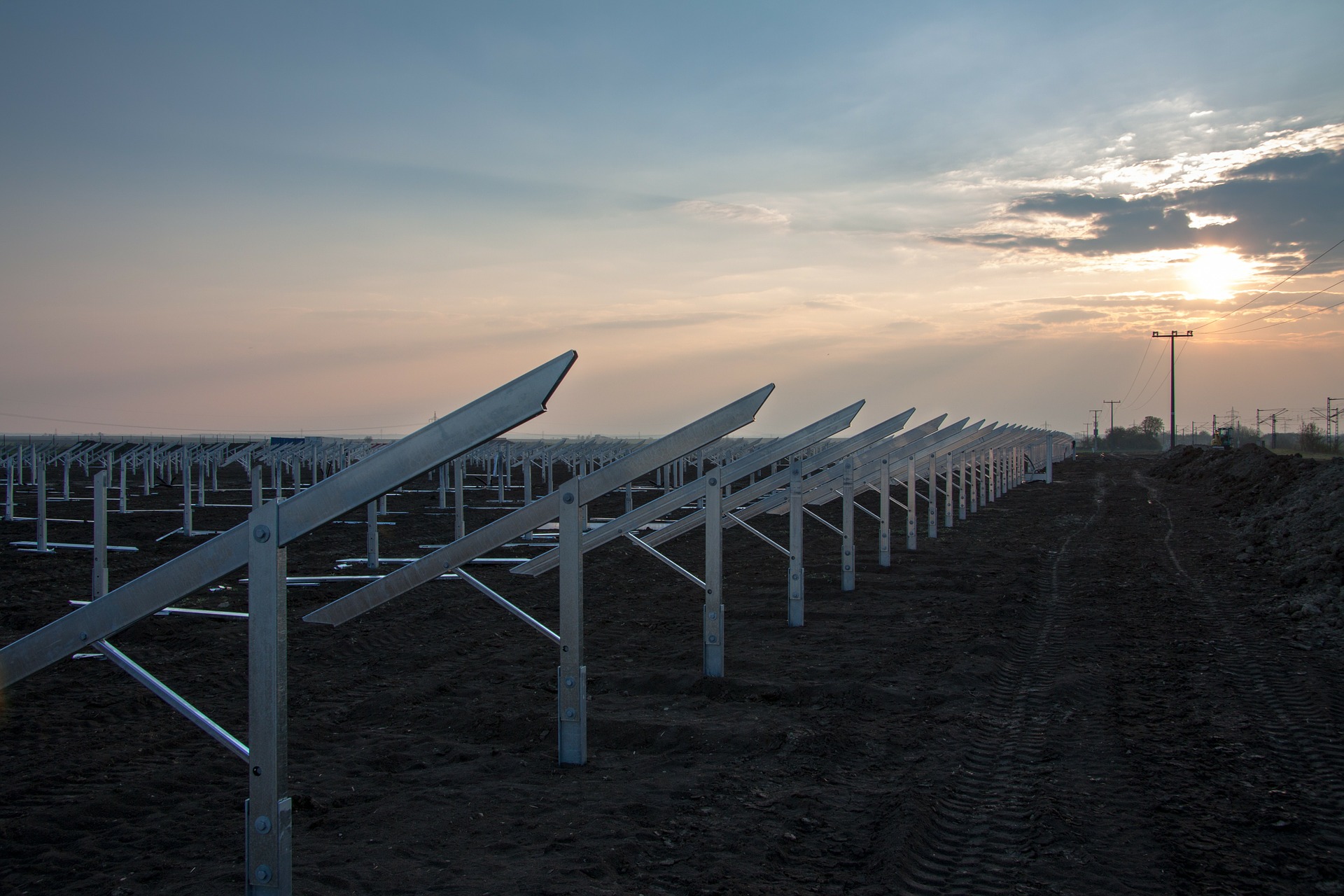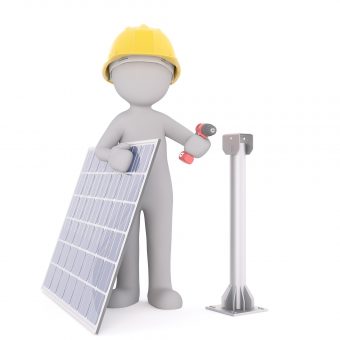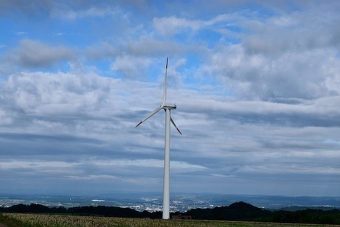
Developer GP Joule will install Breeze wind farm management systems from Swedish company Greenbyte on its German assets.
The German company will use the products to monitor, analyse and optimise its 23 wind farms in the country, it said.
The system, which uses cloud-based software to increase generation, is used in more than 360 wind farms in 20 countries.
GP Joule manages 145MW of wind capacity in Germany. “We found Breeze to be the most modern and capable system on the market and simply put the one that best meets our needs,” GP Joule service manager Stefan Jensen said.
Source: renews.biz


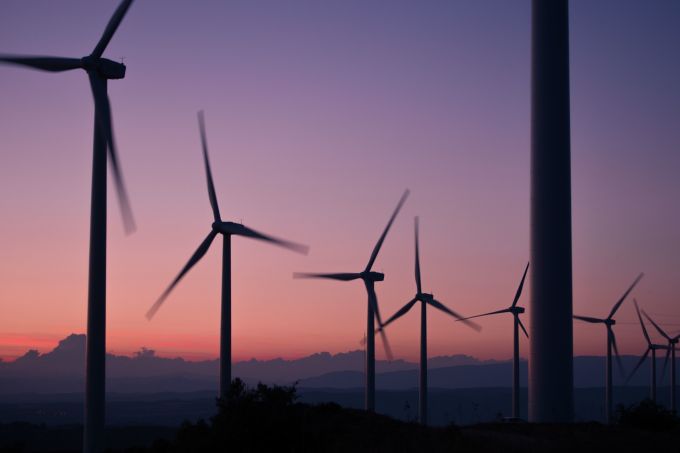

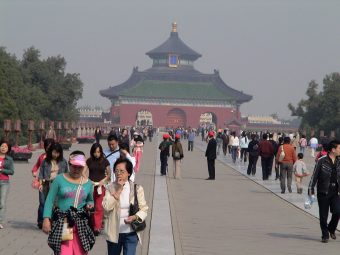
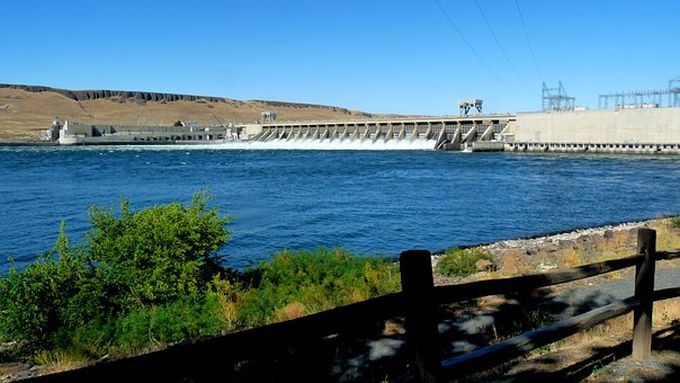
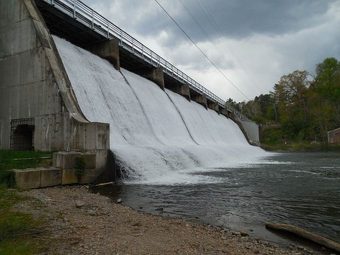
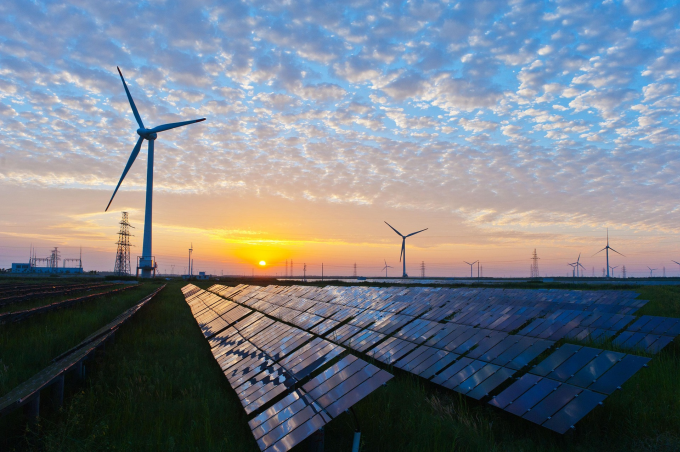
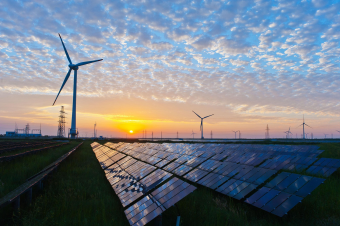
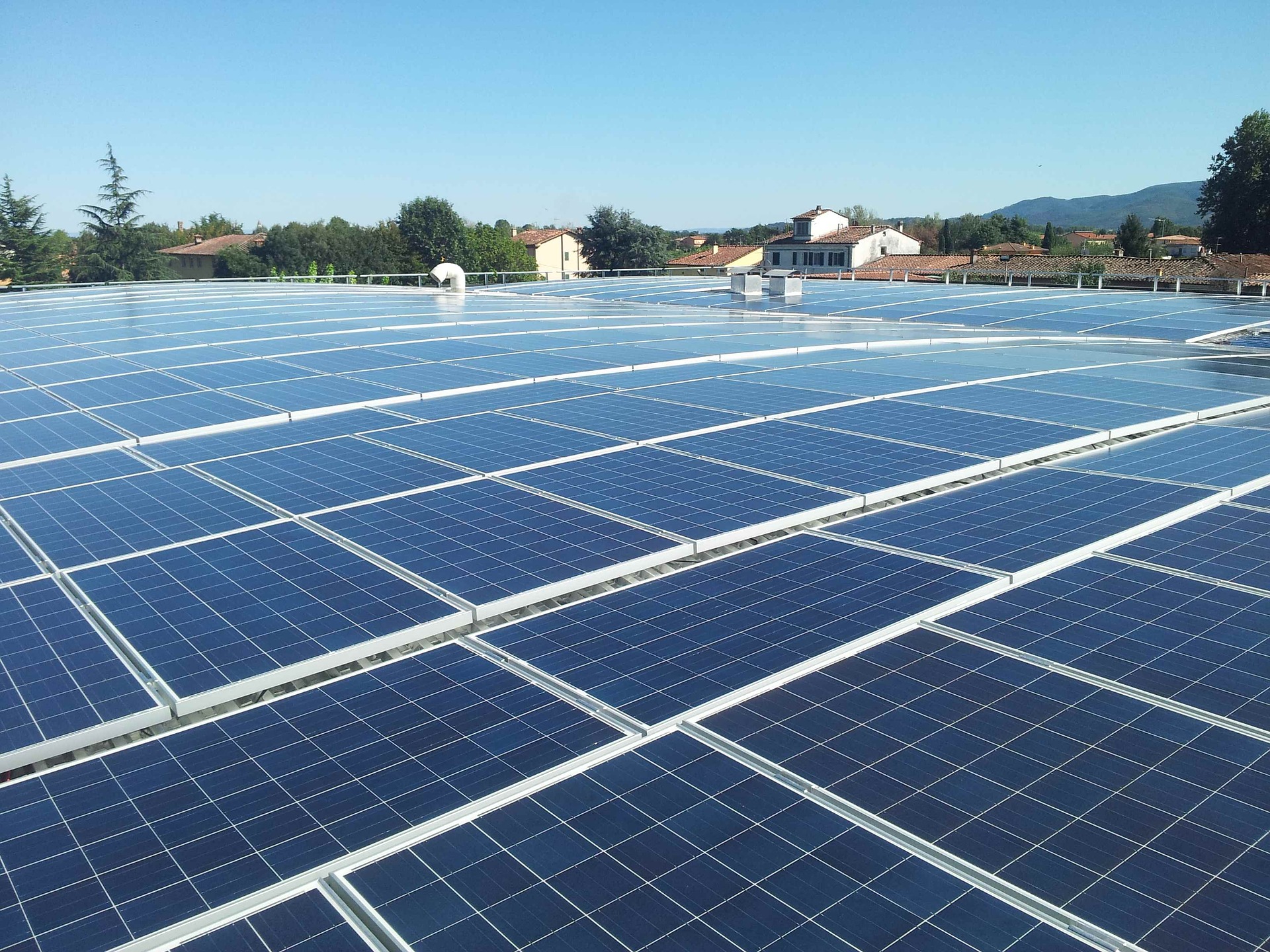
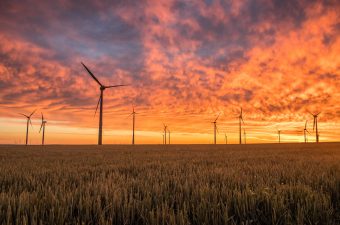
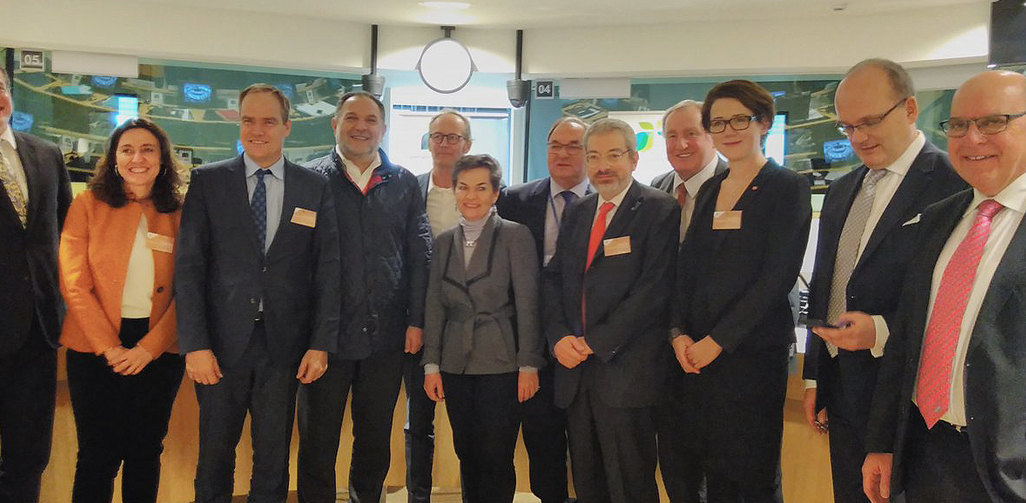
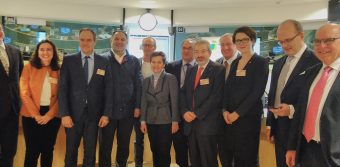 The Covenant of Mayors for Climate and Energy entered a new phase in its history with the launch of the European Covenant of Mayors Board, reaffirming the initiative as a unique political movement steered by mayors.
The Covenant of Mayors for Climate and Energy entered a new phase in its history with the launch of the European Covenant of Mayors Board, reaffirming the initiative as a unique political movement steered by mayors.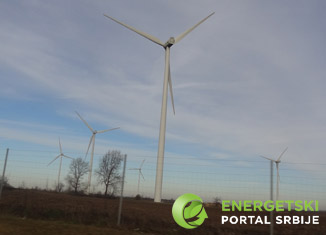
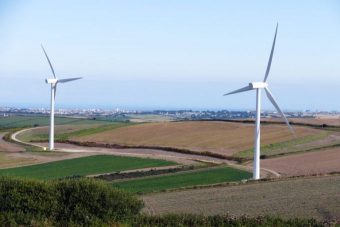
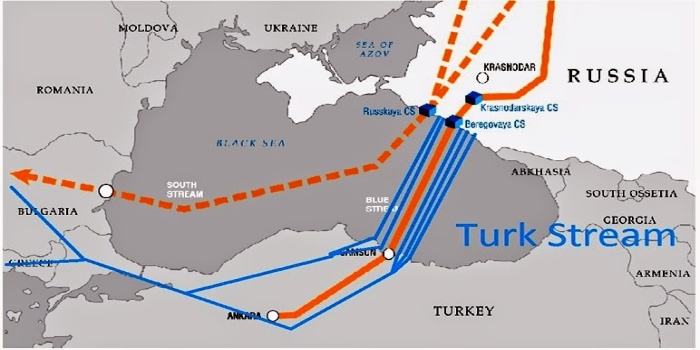
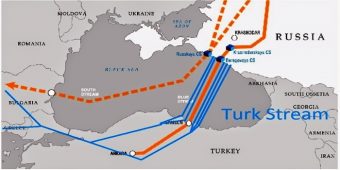 South Stream Transport B.V. and Allseas Group signed in Amsterdam a contract to build the second string of the TurkStream gas pipeline’s offshore section. The document was signed as part of the option included in the construction contract for the pipeline’s first string, which had been inked in 2016.
South Stream Transport B.V. and Allseas Group signed in Amsterdam a contract to build the second string of the TurkStream gas pipeline’s offshore section. The document was signed as part of the option included in the construction contract for the pipeline’s first string, which had been inked in 2016.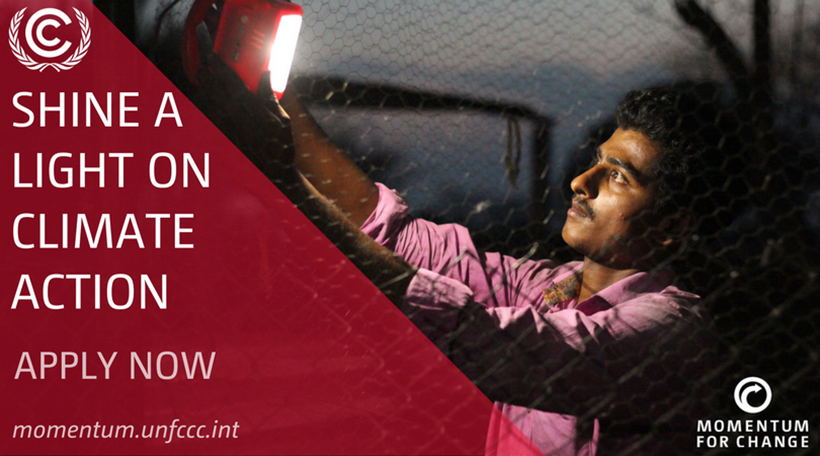
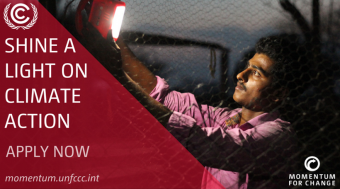 It is almost one month into the call for applications for the 2017 Momentum for Change Lighthouse Activities. If you haven’t done so already, be sure to submit your climate action project.
It is almost one month into the call for applications for the 2017 Momentum for Change Lighthouse Activities. If you haven’t done so already, be sure to submit your climate action project.